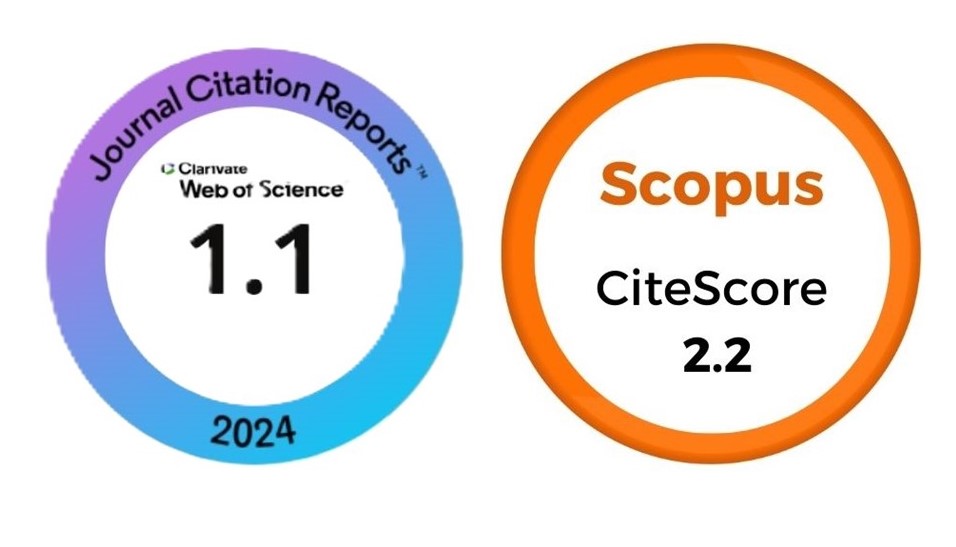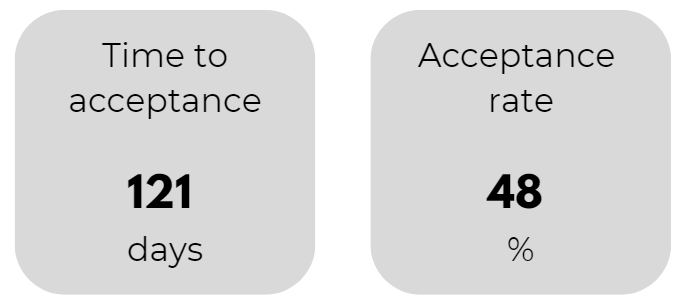Boric acid as a potential substitute for conventional ethylene antagonists in mitigating postharvest flower senescence of Digitalis purpurea
DOI:
https://doi.org/10.1590/2447-536X.v27i4.2374Keywords:
Flower longevity, lipoxygenase, senescence, sugarsAbstract
In the floriculture industry, postharvest senescence is one of the glaring challenges restricting the marketability of cut flowers. Hence, maintaining good quality of cut flowers and extending flower longevity are considered to be the most crucial factors in the cut flower trade. Therefore, to gain better understanding of the specific physiological and biochemical aspects of petal senescence we conducted an experiment to evaluate the efficacy of Boric acid (BA) on flower longevity in excised flowers of Digitalis purpurea L. Isolated buds were harvested at stage IV i.e, 1 day before anthesis and divided into 5 sets, with one set of buds held in distilled water (DW) designated as control. The other 4 sets were supplemented with 24h pulse treatment of different concentrations of BA viz., 50, 100, 150 and 200 μM. The application of BA at 150 μM concentration was found to be most effective in increasing flower longevity by about 4 days as compared to control. The enhanced longevity coincided with higher values of floral diameter, fresh mass, dry mass and solution uptake. Flowers with delayed senescence also retained higher soluble proteins, sugars and phenols in addition to lower bacterial density compared to control. Moreover, this ameliorated flower longevity has also been shown to be positively associated with increased activities of various antioxidant enzymes viz., superoxide dismutase (SOD), catalase (CAT) and ascorbate peroxidase (APX) and reduced activity of lipoxygenase (LOX).Downloads
Download data is not yet available.








